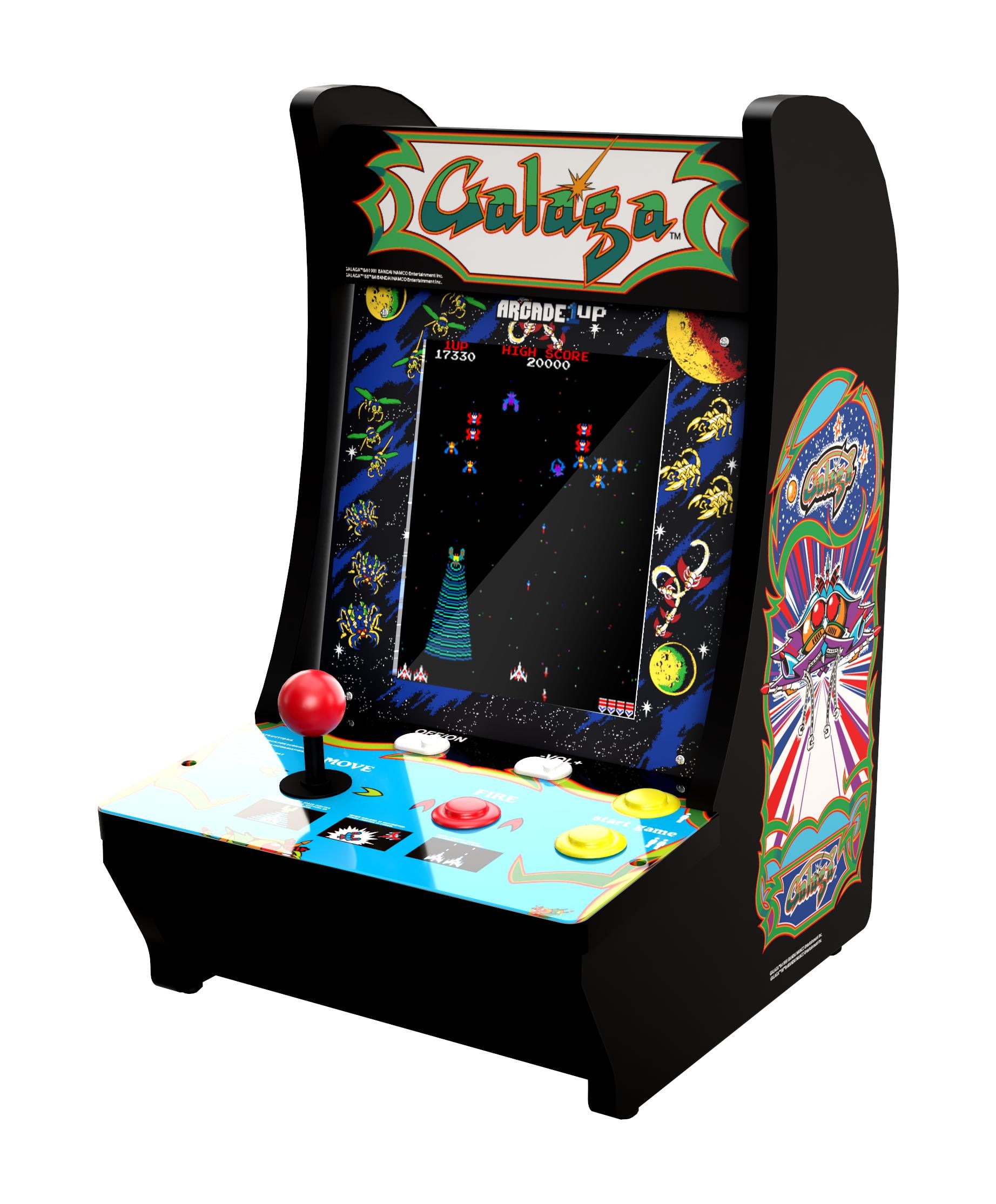
 Sometimes part of an enemy in formation, or a bullet, may be left on screen. Occasional flicker when a lot of enemies/bombs are clustered in a row is an unavoidable hardware limitation. £25 bounty for anyone who can figure that one out. Slight flicker during first few seconds of the first wave. Occasional mirroring of sprites into bottom or top border for a frame or two - unavoidable consequence of displaying sprites in the borders. Press restore to pause during play, then restore to unpause or fire to quit to the menu. The game is NTSC-compatible, however there may be more flickering in later levels than on a PAL system by virtue of having significantly less CPU cycles per frame. You have just three lives between you, however the final life can only be lost by the player who has the lowest score at the time. Work together to clear the waves while competing for the best score. 2-Player ModeĪs an added bonus you can now play Galaga in two-player co-op mode. I don't think it detracts from the gameplay too much, as the main action is concerned with spawning and diving enemies anyway. So I decided that if enemies were drawn using characters when in formation, and sprites used elsewhere, there would be plenty of sprites available using a slightly modified version of Shallan's multiplexor.
Sometimes part of an enemy in formation, or a bullet, may be left on screen. Occasional flicker when a lot of enemies/bombs are clustered in a row is an unavoidable hardware limitation. £25 bounty for anyone who can figure that one out. Slight flicker during first few seconds of the first wave. Occasional mirroring of sprites into bottom or top border for a frame or two - unavoidable consequence of displaying sprites in the borders. Press restore to pause during play, then restore to unpause or fire to quit to the menu. The game is NTSC-compatible, however there may be more flickering in later levels than on a PAL system by virtue of having significantly less CPU cycles per frame. You have just three lives between you, however the final life can only be lost by the player who has the lowest score at the time. Work together to clear the waves while competing for the best score. 2-Player ModeĪs an added bonus you can now play Galaga in two-player co-op mode. I don't think it detracts from the gameplay too much, as the main action is concerned with spawning and diving enemies anyway. So I decided that if enemies were drawn using characters when in formation, and sprites used elsewhere, there would be plenty of sprites available using a slightly modified version of Shallan's multiplexor. 
Having looked at the NES version more closely I noticed that the formation doesn't move smoothly like it does in the arcade. However, the highly-rated NES conversion managed to squeeze it into 224 pixels, so all I needed to do was open up the top and bottom borders for sprites and use 12 or more pixels in each to make up the difference.Īnother big hurdle is the sheer number of sprites. One obstacle of a decent Galaga port is the C64's aspect ratio, with the screen just 200 pixels tall compared to the Arcade's 288.

So I thought it would be nice to be able to play it on my favourite machine. This is one of my all-time favourite games, if ever I've got 5 or 10 minutes spare for a game I will always choose Galaga.







 0 kommentar(er)
0 kommentar(er)
